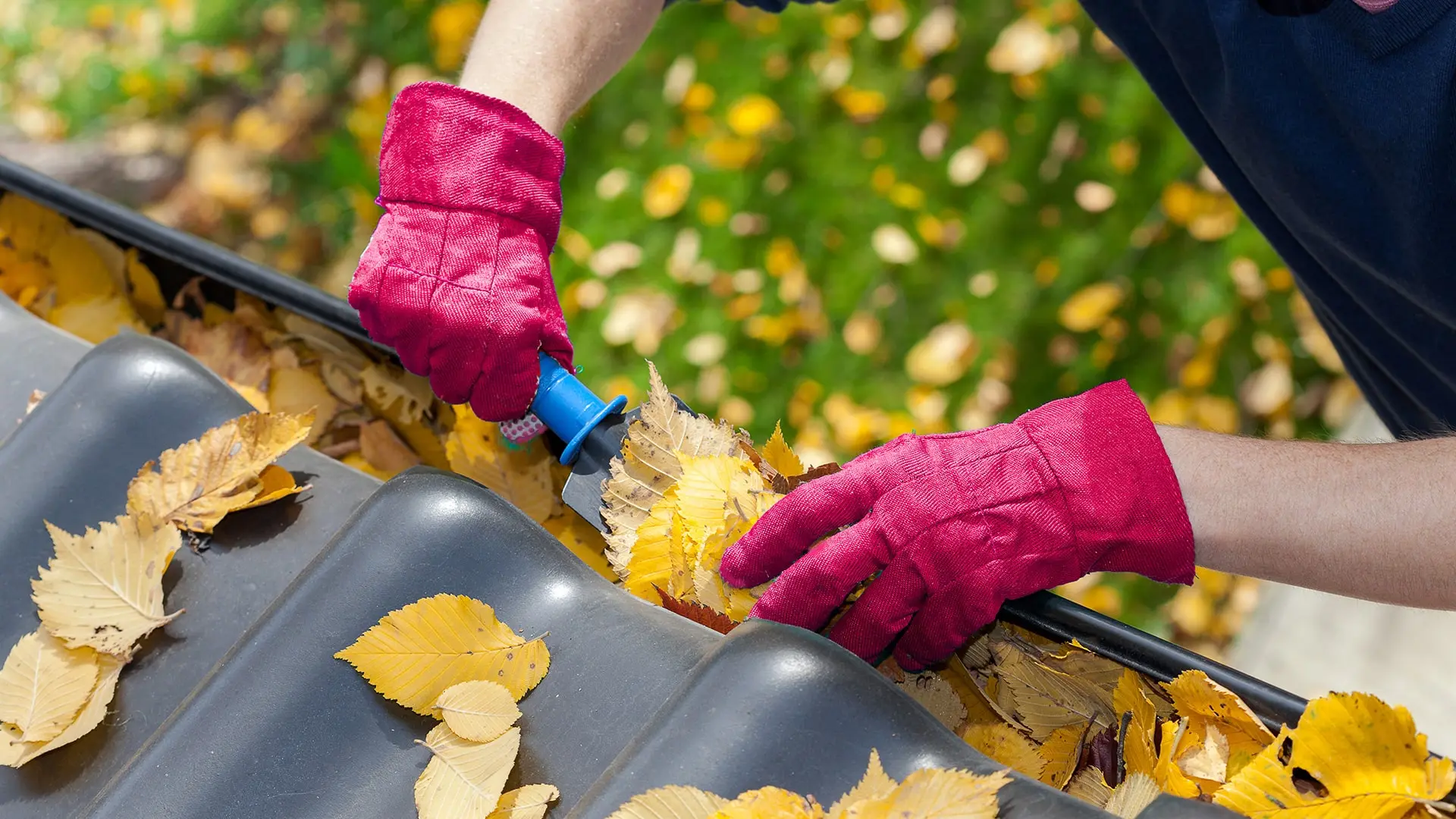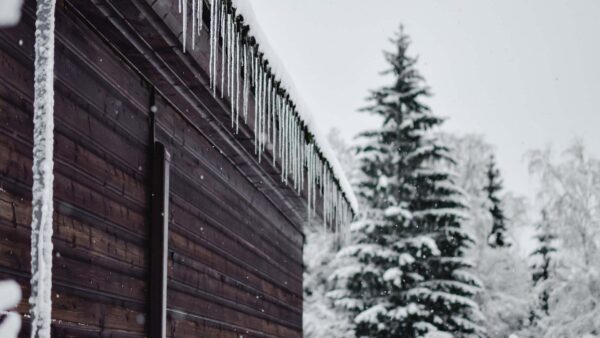Preparing for the cold
In Ontario, winter weather can fluctuate greatly from one day to the next. In southern Ontario, and in the GTA specifically, Lake Ontario contributes significantly to the weather we experience.
Sometimes this can mean heavy snowfall and deep freeze. Other times warm weather and sunshine pay us a brief visit. This combination of freeze and thaw leaves Ontarians susceptible to unique risks that may cause damage your home.
There are several things that can be done to protect your home from winter weather.
To avoid frozen pipes
- Turn off interior shut offs to exterior hoses. Disconnect the hose completely and drain any water between the interior and exterior valves.
- Ensure that plumbing is properly insulated.
- Pay particular attention to pipes that have frozen in the past. New insulation or electric heating strips may be a simple solution to avoid a large loss.
- If you are away from home for more than a couple consecutive days, have a friend or family member check on the home daily to ensure heat is maintained.
- Never turn your thermostat below 12°C as extremities and exterior walls may be more susceptible to the extreme cold of outdoors.
More on preventing frozen pipes
To avoid ice damming
- Clear eavestroughs and maintain proper flow to downspouts.
- Ensure the attic is properly insulated and ventilated to avoid snow melting on the roof.
- Remove icicles and snow mounds that form near the edges of the roof.
- If your roof is particularly prone to ice dams, you may want to install electric heating near the edges of affected slopes.
More on preventing ice dams
What can I do if something happens?
If you experience water damage from one of these sources, contact your broker as soon as possible. In an emergency, you can contact your insurance company’s 24/7 claims number directly.
In the meantime, there are some steps you can take to mitigate the damages.
If a pipe has burst
- Shut off the water from the nearest shut off or to the entire home if this is the only option.
- Dry up any saturated areas with towels and mops. If you have a dehumidifier this will help significantly.
- You can contact a plumber right away. Plumbing costs to repair a burst or frozen pipe are not covered by the policy. The policy will respond to the resulting water damage that occurred after escaping the pipe, but not to repair or replace the pipe itself.
- We recommend you take photos of the affected area before and after the plumbing repair, keep the broken piece of pipe and a copy of the plumber’s report for the insurance company. They will need to see this to determine and confirm the cause of the water damage.
If you have an ice dam
- Ice damming is common during periods of freeze and thaw. The insurance policy will not respond to fix the ice dam itself or correct the design of your roof or attic to prevent further ice dams. The policy responds only to the resulting interior water damage.
- Take photos of the damage and note where the water is coming in from.
- Ice damming does not cause damage to the roof itself. If a roof replacement is required due to age or deterioration, you may want to take the opportunity to make this change while the water damage is being repaired inside. This will avoid you experiencing a second water loss to the newly repaired area of your home.
For any water damage
- If emergency services are required you are ok to contact a restoration contractor of your choosing.
- This emergency service should be documented and photographed by the restoration contractor.
- It should include only those services that are absolutely necessary. This usually includes removal of non-salvageable materials and drying of any materials that can be saved. Samples should also be kept of any materials that are disposed of. So keep a piece of the flooring or baseboard to be matched later on in the process.
- Electronics and personal belongings affected by water should be set aside and saved for the insurance company to inspect. These should not be disposed of unless the restoration contractor has first had them properly documented and photographed.
More on water damage insurance
Looking for home insurance?
Speak with a Mitch Insurance broker today to get a quote on Ontario home insurance. Learn more >
Call now
1-800-731-2228







